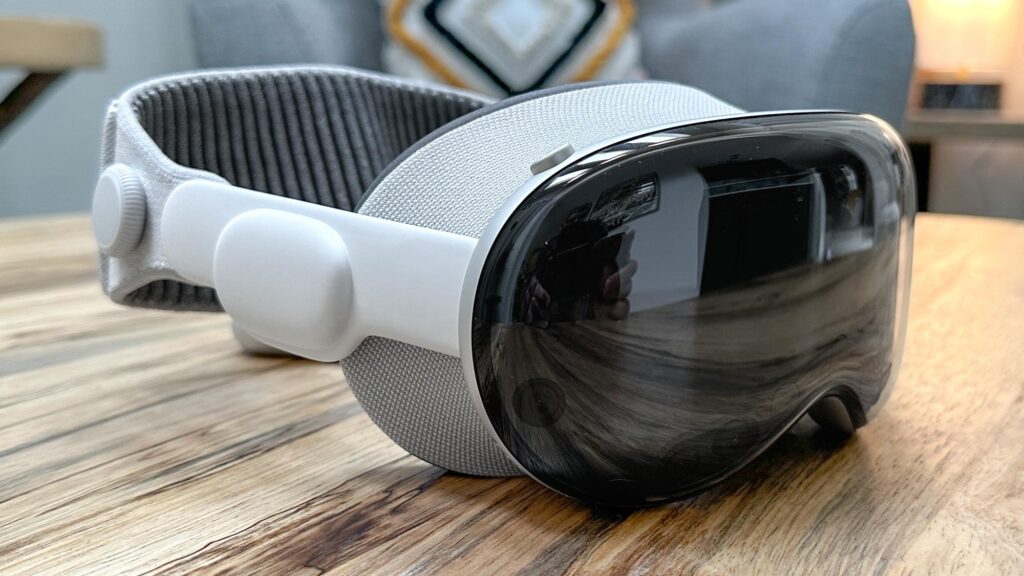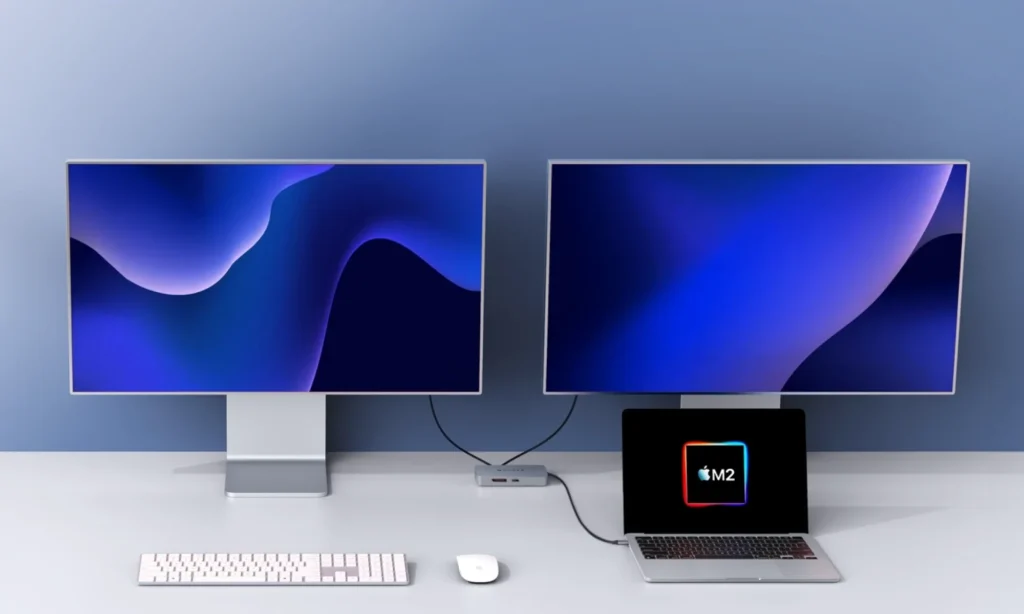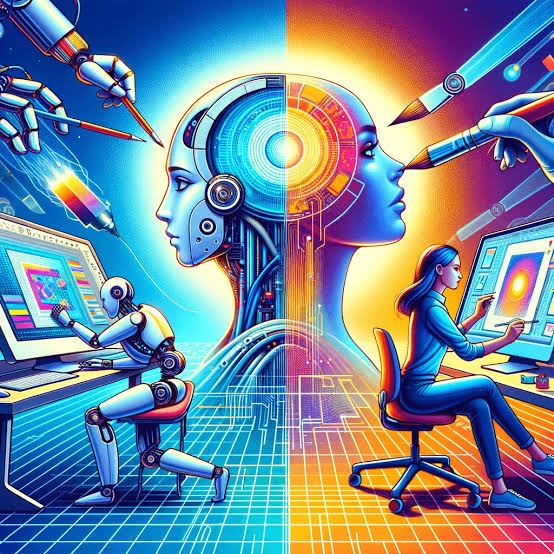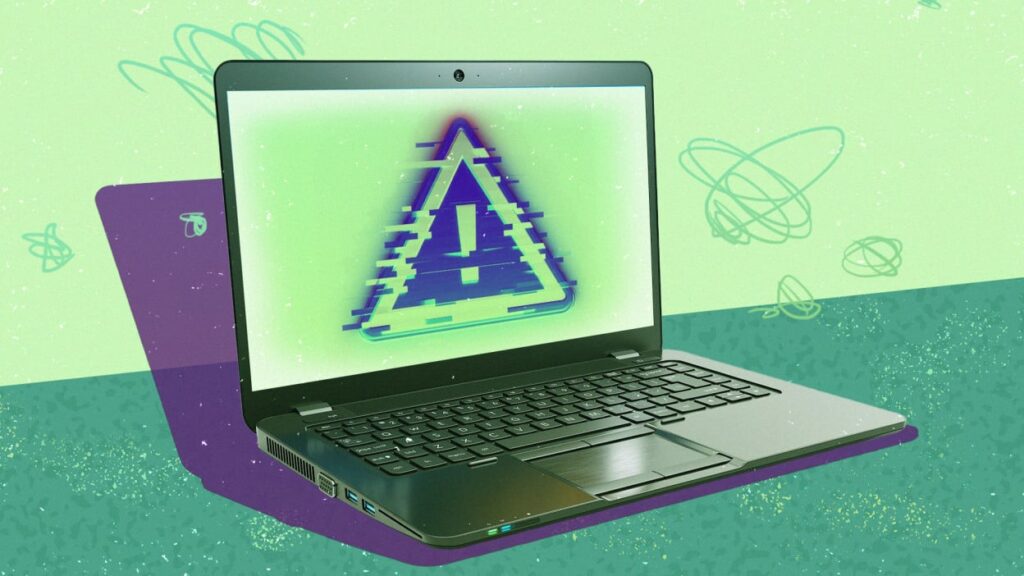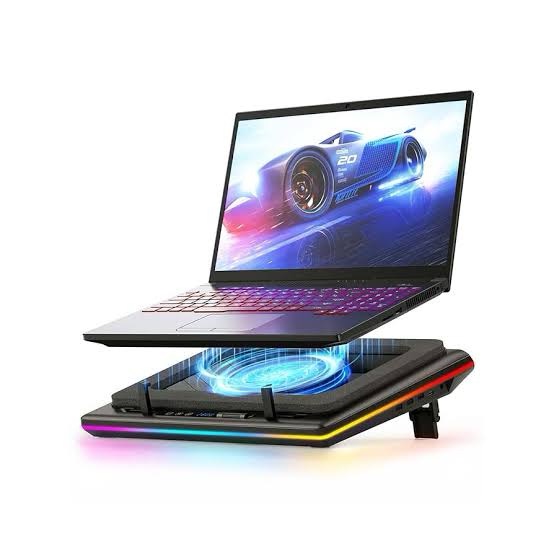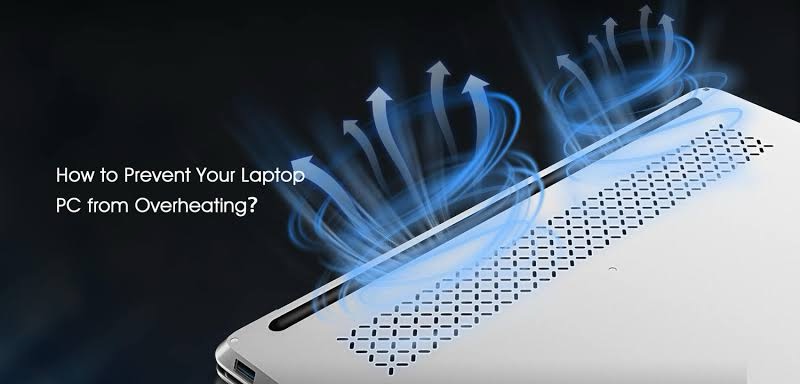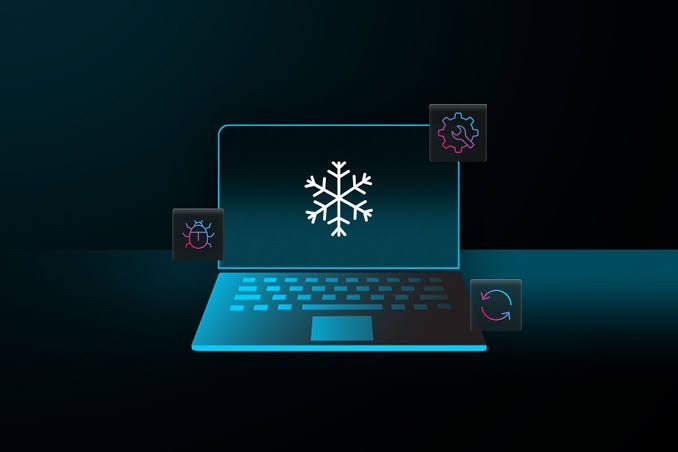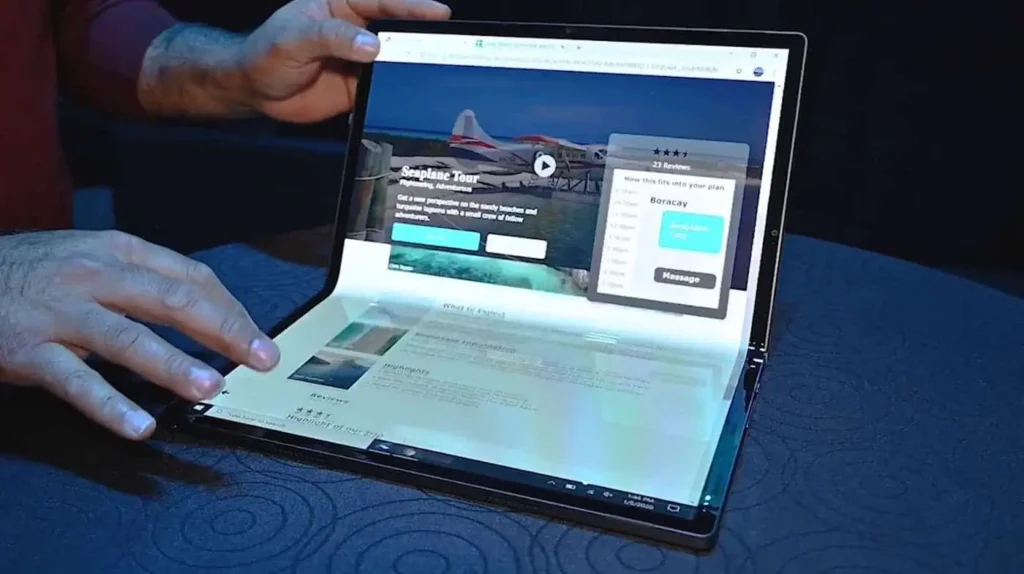
The Samsung FlexNote 2025 represents the next evolution in portable computing combining the power of a full laptop with the flexibility of a foldable display. Featuring a large 17.3-inch foldable OLED screen, this device can transform from a tablet into a traditional clamshell laptop or even a dual-screen setup.
Samsung has refined the FlexNote with improved hinge durability, a lighter magnesium frame, and optimized multitasking powered by the latest Intel Core Ultra or Qualcomm Snapdragon X Elite processors. It supports a magnetic keyboard, stylus input, and multi-window productivity making it ideal for hybrid workers and digital creators.
Whether you’re working, sketching, or streaming, the Samsung FlexNote adapts to your lifestyle with elegance and innovation.
Foldable Laptop Concept (2025) – Key Specs & Features
Although Samsung has not yet released a production version, their FlexNote concept, showcased at CES, offers a glimpse of what’s possible in foldable laptop technology.
- Display: 17-inch foldable Dynamic AMOLED 2X display when fully open, retracting into a 13-inch compact form factor. Dual-use: full screen or folded into virtual keyboard/workstation orientation.
- Protection by Design: When folded, the screen is tucked inward safeguarded from bumps and scratches.
- Form Factor: Transitions between tablet, laptop, and dual-screen setup ideal for portability and productivity
Expected Hardware (Based on Samsung’s Galaxy Book AI PCs)
While official hardware details await announcement, the FlexNote is expected to launch with specs aligning roughly with Samsung’s 2024–25 AI-powered Galaxy Book lineup.
- Processor (speculative): Latest Intel Core Ultra 7 / Ultra 5 (EVO class) or Snapdragon X Elite (Qualcomm).
- Display Resolution: High-resolution AMOLED panels with 500 nits brightness, 120 Hz+ refresh.
- Memory / Storage: Likely 16 GB to 32 GB RAM, 512 GB up to 1 TB NVMe SSD.
- Connectivity: Wi-Fi 6 / 6E, Bluetooth 5.x, Thunderbolt 4 / USB‑C PD, microSD expansion.
- Input & Extras: Support for stylus input (S Pen), multi-window mode, and Pro keyboard/dock accessories.
- Battery: Around 60–70 Wh cells with USB-C fast charging support (65 W+).
- Weight / Dimensions: Similar Galaxy Book weight range (~1.15–1.7 kg depending on size)

